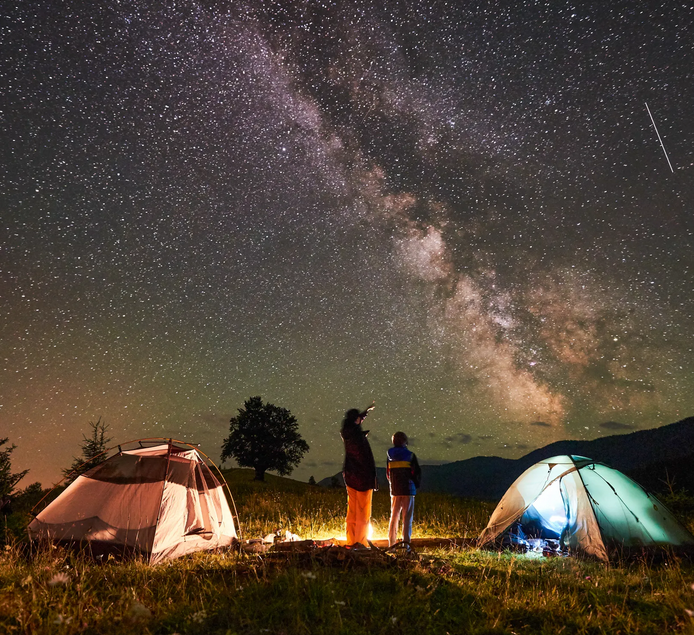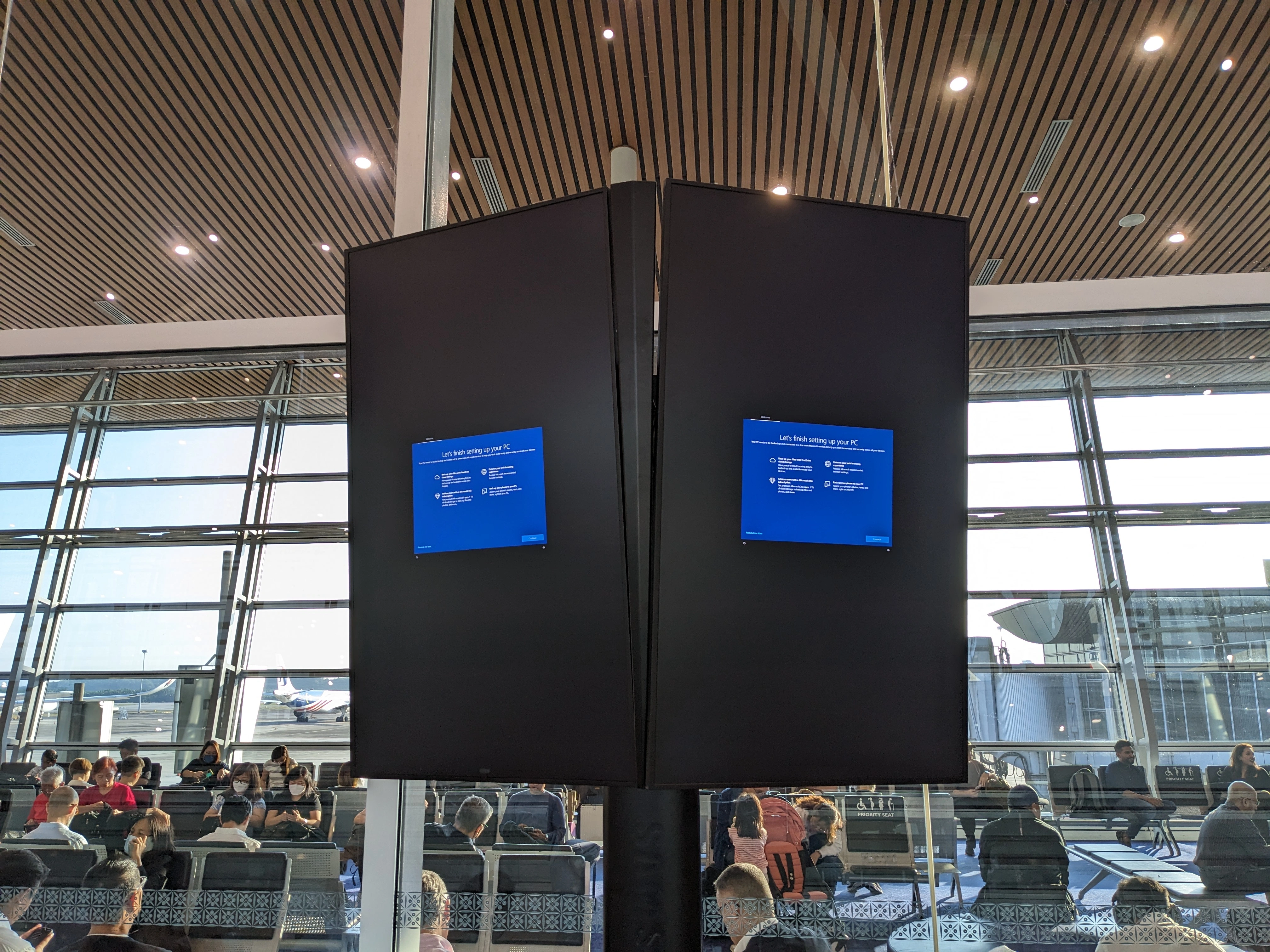- 2 Posts
- 23 Comments

 6·2 months ago
6·2 months agoNote that New Scientist was acquired by the Daily Mail in 2021…
Single GPU with scripts that run before and after the VM is active to unload the GPU driver modules from the kernel.
I think this was my starting point and I had to do just a few small tweaks to get it right for my setup - i.e. unload and reload the precise set of kernel modules that block GPU passthrough on my machine.
https://gitlab.com/Karuri/vfio
At this point from a user experience p.o.v it’s not much different to dual booting, just with a different boot sequence. The main advantage though is that I can have the Windows OS on a small virtual harddrive for ease of backup/clone/restore and have game installs on a dedicated NVME that doesn’t need backing up
I’ve been 100% linux for my daily home computing for over a year now… With one exception… To be honest I didn’t even try particularly hard to make gaming work under Linux.
Instead I have a Windows VM - setup with full passthrough access to my GPU and it’s own NVME - just for Windows gaming. To my mind now it’s in the same category as running console emulation.
As soon as I click shutdown in windows, it pops me straight back into my Linux desktop.

 26·3 months ago
26·3 months agoThis video of one of the rioters getting repeatedly struck with bricks thrown by his own mates is well worth a watch… Or two… Or three…

 8·3 months ago
8·3 months ago“Mr Edwards left the BBC in April.”

 41·3 months ago
41·3 months agolen(string) passes the object ‘string’ to a function ‘len’ that returns its length.
sting.len() (edit: hypothetically if it existed) calls the method ‘len’ which is an inherent part of any object of string type.
In practice the result is the same, but the latter is the more object-oriented approach.
I had some hard to track down intermittent network issues when I upgraded from LMDE5 to LMDE6 - the solution was to get a newer kernel from backports - its fairly painless…

 10·5 months ago
10·5 months agoObviously the one that’s in better condition 😅

 4·5 months ago
4·5 months agoNo experience myself, but one of the fitness YouTubers I like posted this recently: https://youtu.be/_ro-YvnLF-4

 1·6 months ago
1·6 months agoThere are a LOT of waterfalls in Iceland, that much is true, there just wasn’t any point on that trip where I had the slightest inclination to go camping - a lot of it is very exposed with very little in the way of natural shelter or facilities. Our typical day when we went was four or more hours of driving with maybe two or three amazing points of interest en route. The vast open space in between was stunning in it’s own way too, but there’s a lot of it.
There may well be some part of Iceland that’s ideal for backpacking, the West Fjords maybe now I think about it, but then you’d be missing out on what the rest of that incredible place has to offer if you hop in a car.
Most of my camping experience is in the UK. If you’re lucky with the weather, wild camping in the west of Scotland is extraordinary. After a two day drive and a ferry crossing we once had the most magical night camping at a white sand beach on Vatersay in the Outer Hebrides on what was supposed to be the first night of an epic bikepacking adventure… The next day the rain was so bad we aborted the trip. Back on the mainland the NC500 is legendary.
Alternatively, we had a great backpacking trip once interailing around Europe. No camping, just cheap accommodation in towns/cities en route. If you’re young an interail ticket is quite economical. We did Paris, Zurich, Milan, Nice/Monaco, Barcelona and Toulouse among other smaller towns on a 10 day trip.
On my bucket list is to bikepack mainland Europe. There are some quite famous routes and the vycle paths in countries like Netherlands and Germany are very good quality.
Boat hopping and wild camping around the Croatian islands is another one a friend of mine has done and enjoyed.
So many options, not enough time - even for us based closer!

 16·6 months ago
16·6 months agoTo answer your question directly, I have an MSR HUBBA HUBBA 2 and would recommend it as a great piece of kit for the money, if perhaps slightly over your ideal budget.
However, as both a keen camper and having been to Iceland myself, I’m not sure what you propose sounds like a good idea to me. Iceland is a pretty sparse place once you get beyond the ‘Golden Circle’, and in September average temperatures are between 5°C and 10°C (about 41°- 50° Fahrenheit). Backpacking with a tent is going to be very cold and you’re likely going to miss out on seeing a lot of the island.
In my experience there are two good approaches to exploring Iceland. Firstly you can base yourself in Reykjavik and focus on exploring the ‘Golden Circle’. This is easily achievable by coach day trip(s) from Reykjavik. Secondly, you can hire a car from the airport and do a lap of Route 1. This way you’ll break free from the most well trodden tourist sites and see a broader array of landscapes and places of interest.
The joy of camping is a great thing to want to share with your wife, but a sparse, cold island formed primarily out of volcanic rock isn’t the right starting point; if getting into backpacking is an important goal for your September break I suggest you consider mainland Europe instead.
I also didn’t get on with Garmin for strength work. I moved to ‘Strong’ on Android - everything I was after is at free tier.
I guess my point is that it isn’t a particularly important part of the design of Wi-Fi - they included it in the very first iteration in 1997 and realised by 1999 they didn’t need it. Therefore Wi-Fi would likely have been born regardless of the invention; Bluetooth would not.
Great to recognise this invention.
I was surprised by the choice of ‘Mother of Wi-Fi’ though - Wi-Fi hasn’t used ‘frequency hopping’ as such since 802.11b was released back in 1999 - so very few people will have ever used frequency-hopping Wi-Fi.
GPS only uses it in some extreme cases I think, but I’m not an expert.
However, Bluetooth absolutely does depend on it to function in most situations, so ‘Mother of Bluetooth’ might have been more appropriate.

 101·7 months ago
101·7 months agoWhen Steve Irwin was alive I thought he was amazing, but then again he died as I entered my twenties… These days when I look back at pictures like this, I do question how much of a ‘great guy’ he was…


 651·7 months ago
651·7 months agoThe real question is why did they install a system based on 5.25" floppy disks in 1998 in the first place!?
The 5.25" floppy was surpassed by the 3.5" floppy by 1988 - ten years prior to this systems installation - and by 1998 most new software was being distributed on CD-ROM. So by my reckoning, in 1998 they installed a ‘new’ system based on hardware that was 1.5 generations out-of-date and haven’t updated it in the 26 years since.

 2·7 months ago
2·7 months agoAt Kuala Lumpa International Airport half the signs were like this near our gate a couple weeks ago…







1440p for the win!